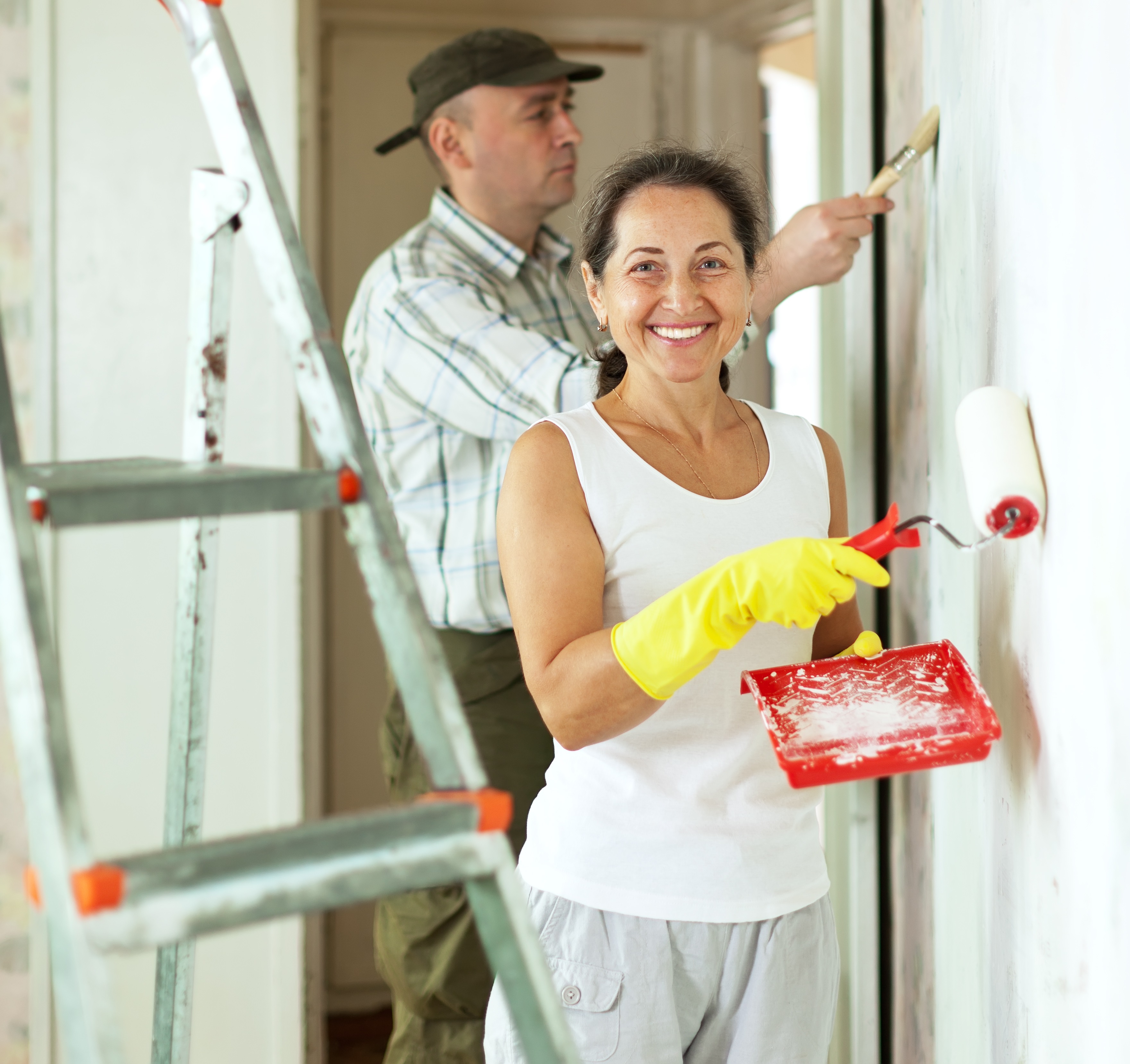
More than 43% of Australian homeowners are planning a renovation according to a recent survey[1]. If that sounds like you, make sure you’re not one of many people also poised to blow the budget.
According to research[2], the average renovation goes over budget by nearly $3,000 due to unexpected material and labour costs. But that’s not all.
The same research shows that the average renovation takes 58% longer than expected. If you’re renovating an investment property, extra time could also mean more time without a tenant, and less rental income which could really inflame costs.
What causes a renovation to go over budget?
Renovation projects usually go over budget because costs are inaccurately projected.
Costs for any renovation—no matter how small—need to be calculated before any work is carried out. And for a prospective property in need of renovation, the renovation costs should be worked out before an offer to buy is even made.
That means instead of conjuring a ballpark budget figure of say $40,000, you need to work up from exact costs to a realistic total cost. For example, you need to factor in everything from the number of power points required to the doors that need replacing to arrive at a true cost – in time and money – rather than a vague estimation.
The solution to staying on track
Whether you’re updating or undertaking a complete overhaul, you can keep your renovation on budget—and on time—by keeping the unexpected at bay.
The AMP renovation budget tracker has been invaluable to the contestants on The Block—and the good news is it’s now available for you via www.tracker.qandamp.com.au
Manage all the costs of your renovation from your desktop, and make sure you stay on track throughout your project.
Top tips
Consider our tips for your keeping your renovation budget on track:
1 Mortgage Choice 2013 Homeowner’s Intention Survey conducted in May 2013, completed by 1,032 Australian homeowners of over two years with a mortgage.
[2]Commonwealth Bank of Australia study conducted in May 2013 among 1,030 Australians with home loans aged 18 years and over, who have undertaken home renovations in the last ten years.
Any advice given is general only and has not taken into account your objectives, financial situation or needs. Because of this, before acting on any advice, you should consult a financial planner to consider how appropriate the advice is to your objectives, financial situation and needs.